Artbox - Ulsan Okdong Branch [Tax Refund Shop] (아트박스 울산옥동점)
17.6Km 2024-06-27
339, Munsu-ro, Nam-gu, Ulsan
-
Taehwagang National Garden (태화강 국가정원)
17.6Km 2025-10-23
154 Taehwaganggukgajeongwon-gil, Jung-gu, Ulsan
The Taehwagang River cuts across the heart of Ulsan and flows into Ulsan Bay, which is connected to the East Sea. The river basin, which stretches 36 kilometers from east to west and 28 kilometers from north to south, is mostly comprised of mountainous terrain, but there is fertile land on both sides of the river and at the southern end of the river. The river is presently an important source of drinking water for the citizens of Ulsan.
The field around the midpoint of Taehwagang River was left abandoned for a long time before it was founded as Taehwagang National Garden, preserving nature while providing a resting spot to the citizens of Ulsan. The garden is over twice the size of Yeouido Park in Seoul, and consists of natural water and a lush bamboo forest, known as Simnidae Forest, along with canola and forage barley fields. Simnidae Forest was once in danger of demolition as part of the government's flood control plans but remains preserved thanks to community efforts. Preservation efforts led to turning the area into Taehwagang National Garden of today, which was recognized as Korea's second national garden in 2019.
◎ Travel information to meet Hallyu’s charm - TV series"Death's Game"
This is the place that Yee-jae, reborn as his mother, visited to remember his mother by. There are six thematic gardens along the Taehwagang River, all beautiful in their own unique ways. The view created a strong contrast with Yee-jae’s sad expression, creating a memorably tragic scene.
Twelve Scenic Places of Ulsan City (울산 12경)
17.7Km 2024-02-20
Ulsan Metropolitan City
Twelve Scenic Places of Ulsan City encompass the stunning landscapes of Ulsan, showcasing the natural beauty and cultural richness of the region. These include the bamboo forest in Taehwagang Gardens, the majestic rock formations in Daewangam Park set against the backdrop of the azure sea, the four seasons of Gajisan Mountain, the silver grass field of Sinbulsan Mountain, the breathtaking sunrise at Cape Ganjeolgot, the ancient Petroglyphs of Bangudae Terrace and Cheonjeon-ri from the Neolithic era. Other scenic spots include the Gangdong and Jujeon Pebble Beach, Ulsan Grand Park, the captivating night view from the Ulsandaegyo Bridge Observatory, the charming Jangsaengpo Whale Culture Village, the serene Oegosan Onggi Village, and the picturesque Naewonam Valley in Daeunsan Mountain.
Ulsan Night, Christmas Market (울산의 밤, 크리스마스 마켓)
17.9Km 2025-12-15
94 Daegongwon-ro, Nam-gu, Ulsan
+82-52-271-8701
Ulsan's Night, Christmas Market is an end of the year festival held in the heart of Ulsan, presenting a special evening with beautiful lights and decorations. Around 40 participating local vendors come together to showcase handcrafted products and delicious foods. Moreover, busking performances, Santa's present giveaway, balloon event, and more are prepared to create a family-friendly atmosphere and x_heighten the holiday mood.
Ulsan Grand Park (울산대공원)
18.0Km 2024-11-11
94 Daegongwon-ro, Nam-gu, Ulsan
+82-52-271-8816
Ulsan Grand Park, located in Namgu Ok-dong, is an ecotype city park with multiple attractions. The park offers huge swimming pool, a theme park, an outdoor concert area, multipurpose sports field and more. The outdoor theme park offers 4 different size ponds, a walking trail, playgrounds, outdoor concert hall, squares, multipurpose sports field and picnic areas. Also near the South gate, you can find a butterfly field, rose garden, and a small zoo.
Fresh Hill (프레쉬 힐)
18.3Km 2025-03-27
129-15 , Unmunsa-gil, Cheongdo-gun, Gyeongsangbuk-do
+82-53-371-0700
* Please be advised that this is located in one of the areas affected by the recent wildfire (as of March 27, 2025).
** For real-time wildfire information and emergency upates, visit the Korea Forestfire Information website and the National Disaster and Safety Portal.
Fresh Hill is a clean and friendly hotel in Cheongdo, Gyeongsangbuk-do, just 5-minutes’ walk from the Unmunsa Temple bus stop. The Double and Twin rooms have fine views of lush Jiryongsan Mountain; the Family room is an ondol room that feels like a hanok; while the Superior King Room has a bathtub. A free breakfast is provided and outdoor barbecues can be arranged. In front of the hotel is Unmunsa Solbaram-gil where guests can enjoy a quiet walk to Unmunsa Temple.
Taehwagang Donggulpia (태화강동굴피아)
18.6Km 2024-02-20
306 Namsan-ro, Nam-gu, Ulsan
Taehwagang Donggulpia has transformed several artificial caves created by the Japanese military during the Japanese colonial period into a tourist attraction, originally intended for storing military supplies. Visitors can catch a glimpse of Ulsan's history and way of life during that era. Outside the caves, there is an artificial falls, and inside, various experiential zones such as the Cave Adventure Zone, Digital Sketch Experience Zone, and Lighting Art Zone offer diverse interactive experiences.
Sinjung Pyunghwa Market (신정 평화시장)
18.8Km 2025-10-23
17 Bongwol-ro 67beon-gil, Nam-gu, Ulsan
+82-52-275-2868
Sinjung Pyunghwa Market was established in August 1985 with the construction of a commercial building consisting of one basement level and two above-ground floors, totaling 2,453㎡. Located in the heart of the old residential district of Sinjeong-dong, it has faithfully served its role as a local marketplace ever since. Nestled between apartment complexes and residential areas, the market is easily accessible on foot, particularly for local homemakers. Recently, the restrooms were repaired and renovated, and the building underwent repainting, waterproofing, and window refurbishment to improve the shopping environment. The Kids & Mom Sinjung Pyunghwa Youth Mall, a multi-purpose venue that combines youth start-up stores, cultural experiences, and community engagement, was created through a support initiative by Ulsan Nam-gu Office for aspiring entrepreneurs. Young merchants who open shops here are entitled to two years of rent support, as well as consultations and marketing assistance.
E-Mart Traders - Yangsan Branch [Tax Refund Shop] (이마트트레이더스 양산)
19.1Km 2024-04-23
16, Pyeongsan-ro, Yangsan-si, Gyeongsangnam-do
-
Ulsan Museum (울산박물관)
19.3Km 2021-04-30
277, Duwang-ro, Nam-gu, Ulsan
+82-52-222-8501
Ulsan Museum is an archive of the past, present, and future of Ulsan City. The museum facilities include a history hall giving a general outline of the city from the prehistoric to the modern times, an industry hall showing Ulsan as the industrial capital of Korea, and a children’s experience hall for educational purposes. This eco-friendly museum equipped with advanced exhibition and education facilities is a model cultural space to help visitors understand Ulsan’s identity.
![Artbox - Ulsan Okdong Branch [Tax Refund Shop] (아트박스 울산옥동점)](http://tong.visitkorea.or.kr/cms/resource/77/3314077_image2_1.jpg)
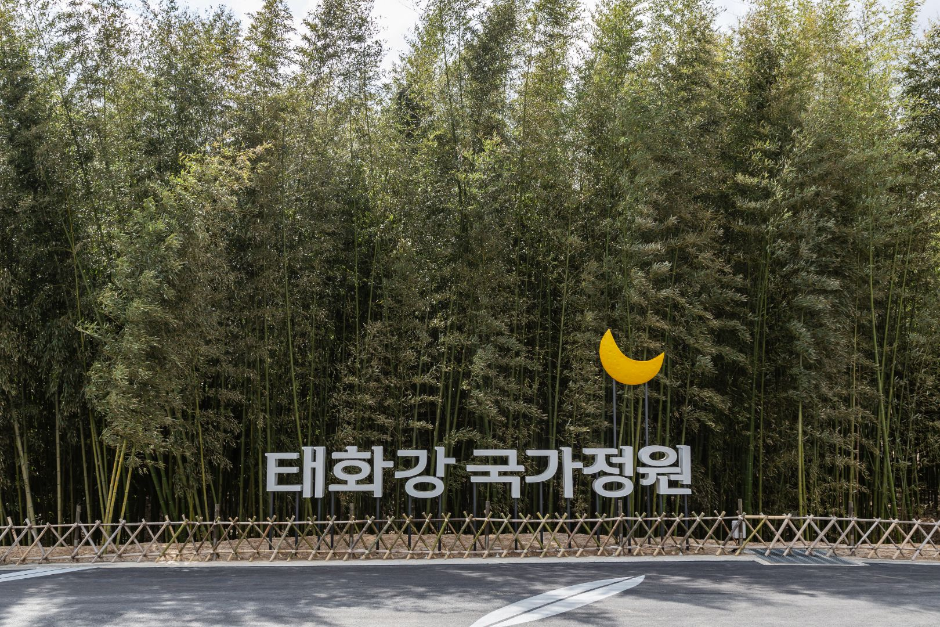
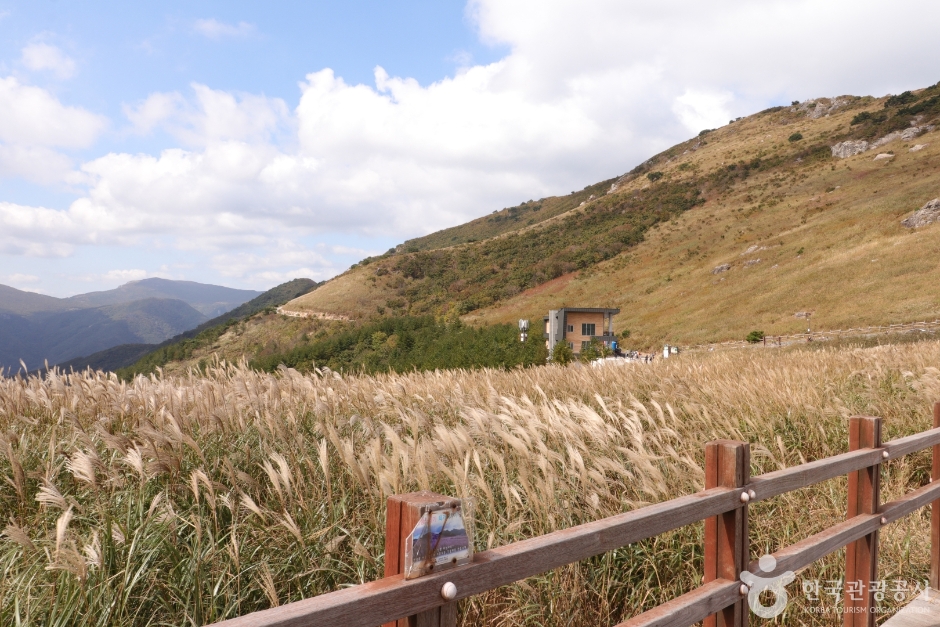

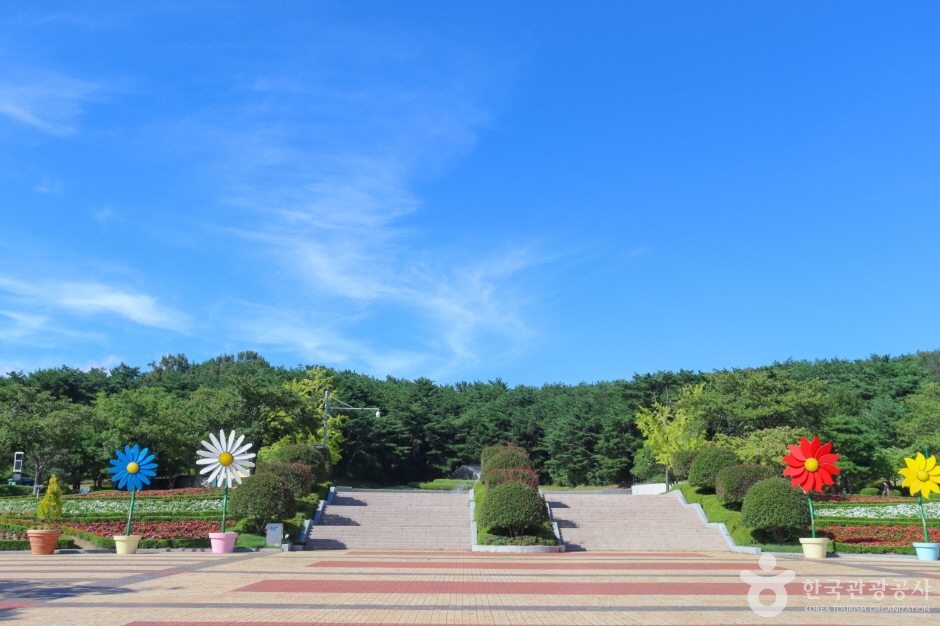
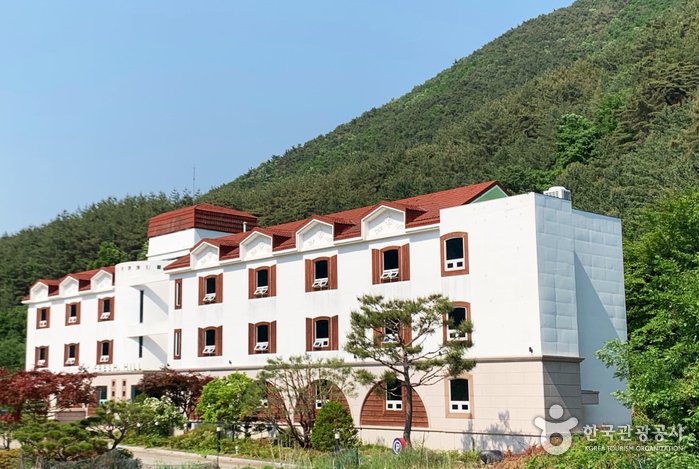

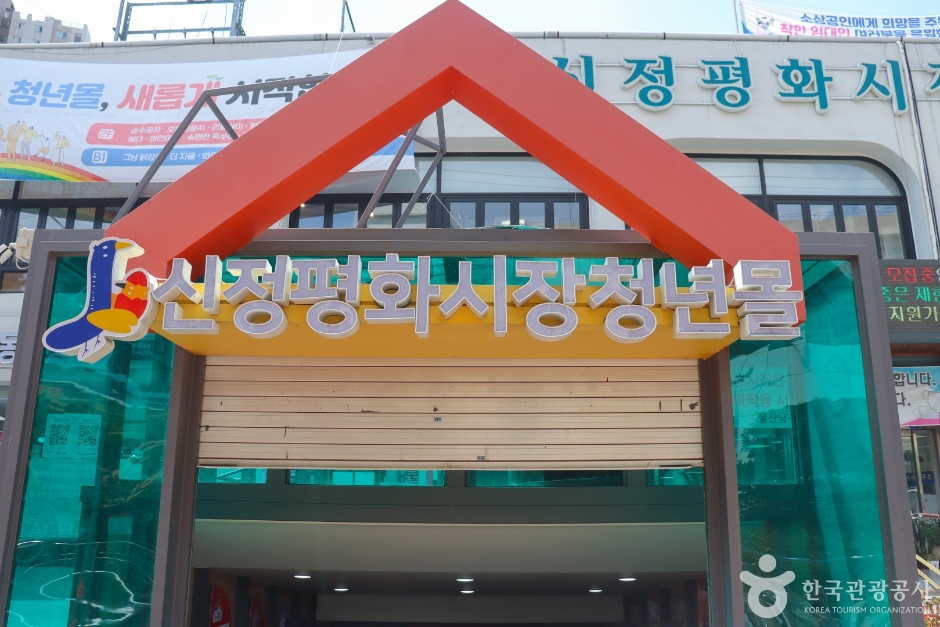
![E-Mart Traders - Yangsan Branch [Tax Refund Shop] (이마트트레이더스 양산)](http://tong.visitkorea.or.kr/cms/resource/93/2888793_image2_1.jpg)
 English
English
 한국어
한국어 日本語
日本語 中文(简体)
中文(简体) Deutsch
Deutsch Français
Français Español
Español Русский
Русский